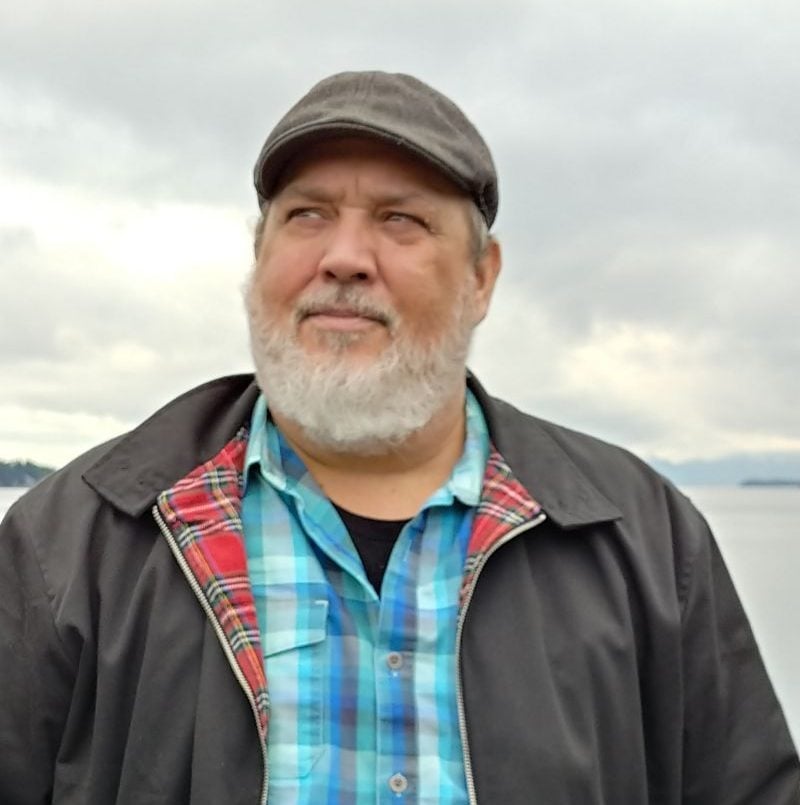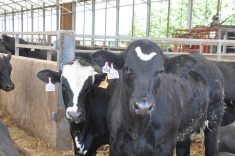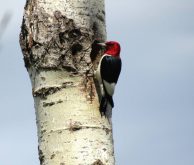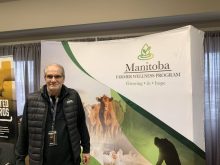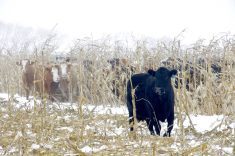This story has been reposted in recognition of the National Day for Truth and Reconciliation on Sept. 30. For more stories of Indigenous farming, food sovereignty, challenges and triumphs in the ongoing work of reconciliation, see our Truth and Reconciliation landing page.
It was a beautiful late September day near Shilo, Man., as Elder Roddy McKay, Anishinaabe cultural support worker Ken Norquay, cattle farmer Gordon Beddome, and representatives from the Nature Conservancy of Canada gathered on the banks of the Assiniboine River.
The group was there to officially rename the 750-acre parcel of land that has been slated for agricultural, ecological and traditional use. From here on, the site will be known as Wabano Aki.
Read Also
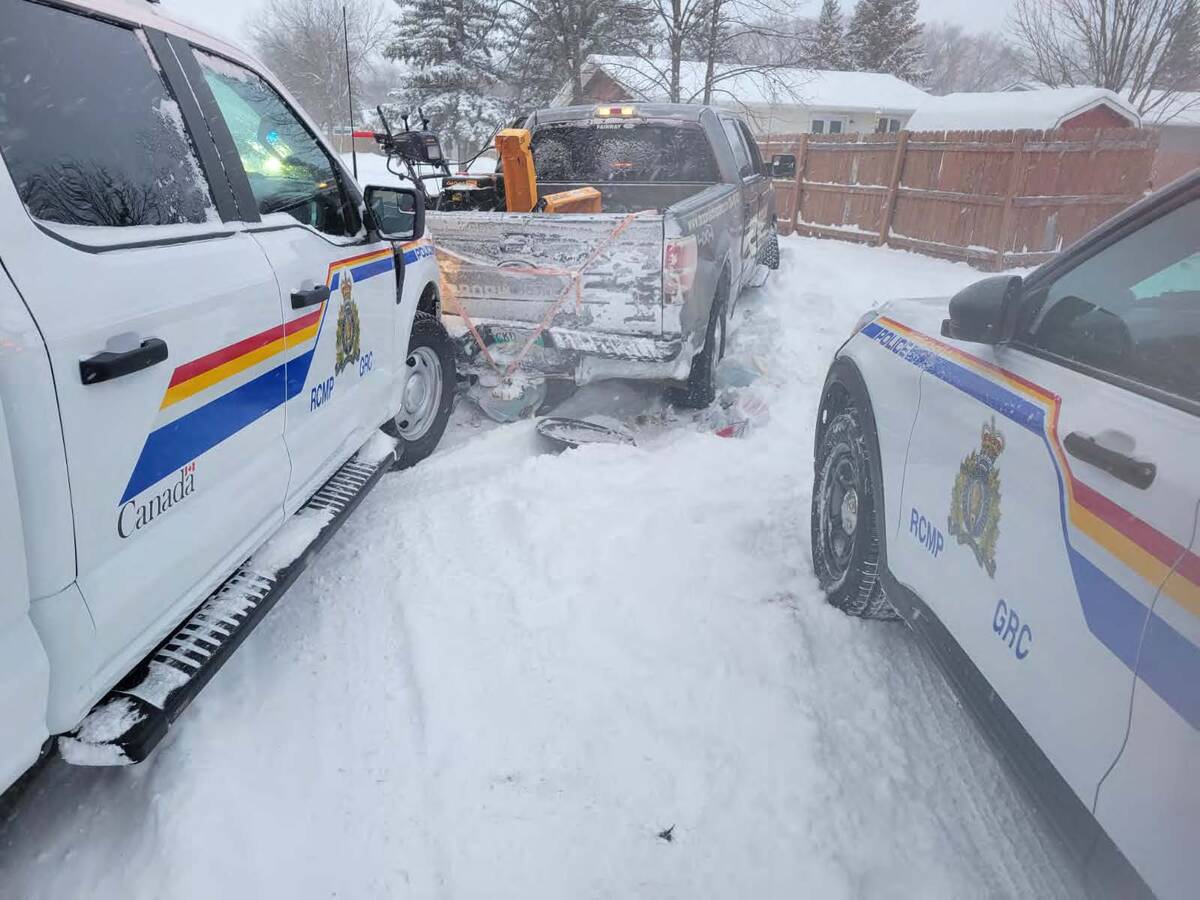
Protecting the farm from crime
From better lighting to cameras to reporting to police, here are some things farmers can do to reduce their crime risk.
Why it matters: Renaming of land in western Manitoba highlights how Aboriginal and agricultural land use can mesh with conservation efforts.
Drawn from Anishinaabe, Wabano Aki translates to “Tomorrow’s Land.”
The parcel came to the attention of the NCC five years ago when the former landowner, Gordon Beddome, needed to divest himself of the property as part of a divorce settlement.
RELATED: Back to the land: ‘We used to plant hay here.’
RELATED: How First Nations priorities are informing novel ag practices
RELATED: ‘Our bridge is a bridge of hope’
Beddome, who runs about 150 cattle, was already working with the NCC at the time, helping manage the organization’s Yellow Quill Prairie Preserve south of Brandon. Hearing that the NCC had funding available to support native prairie habitat for ground-nesting migratory songbirds, Beddome reached out to see if his land would be a fit.
“When we looked at the land, it had a good arrangement of habitats and good biodiversity in the area, including some species at risk that we were really focusing on. And it also had grazing on it,” said Christine Chilton, community relations manager with NCC in Manitoba.
“Grazing and agricultural production are often really important to biodiversity when we need a disturbance-based landscape, so it was a no-brainer for us.”
The grassland property has freshwater springs, mixed prairie wetlands and forest habitats, according to a press release put out in the wake of the renaming ceremony. It further noted the site’s importance for species like the northern leopard frog and round leaf monkey flower, as well as at-risk birds such as Sprague’s pipit and eastern wood-pewee.
“Grasslands are one of the most endangered terrestrial ecosystems on the planet due to conversion to agriculture and loss of habitat,” said Chilton. “So, from a conservation perspective, it was a really important deal for us.”

The parcel had also been a site for traditional plant harvest and Indigenous ceremonial activities in the years leading up to its transfer to the NCC.
Beddome had met Norquay a few years earlier, when the community support worker was gathering native plants along the road allowance not far from Beddome’s property.
“He was looking for other places to harvest,” said Beddome. “I told him that I had a lot of native land down here that had echinacea and some of those flowers he was looking for. And so, he came down here and started harvesting.”
As the relationship developed, Norquay sought a site for a sweat lodge. Beddome offered a corner of his property along an unused driveway.
“They set up a sweat lodge up in there. They called it their ceremonial grounds, and they were bringing people out and having functions there,” the farmer noted.
When Beddome was getting ready to sell his property, he worried that it might affect the relationship developed with his Indigenous neighbours.
His concern turned out to be unnecessary. The NCC loved the idea of continuing Indigenous involvement on the property. In fact, they saw it as a perfect fit.
“It was a win-win-win,” said Beddome. “I will still be grazing the land for agricultural purposes. The NCC would still own the land for conservation purposes. And the Indigenous people would be involved as a third party to hold their traditional ways of using the land and gathering plants.”
Collectively, the three groups are known as the Stewards of Wabano.
“We are honoured to collaborate on the joint use of the land,” said Josh Dillabough, natural area manager for the NCC in Manitoba, speaking at the renaming ceremony.
“This project is a model on how to increase opportunities for the sharing of knowledge, shared land use for cultural and educational opportunities, and care of the land and species.”
Norquay was unavailable for comment at press time.

